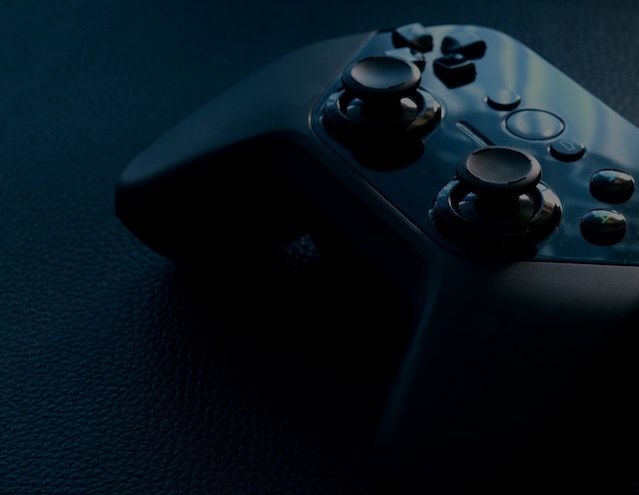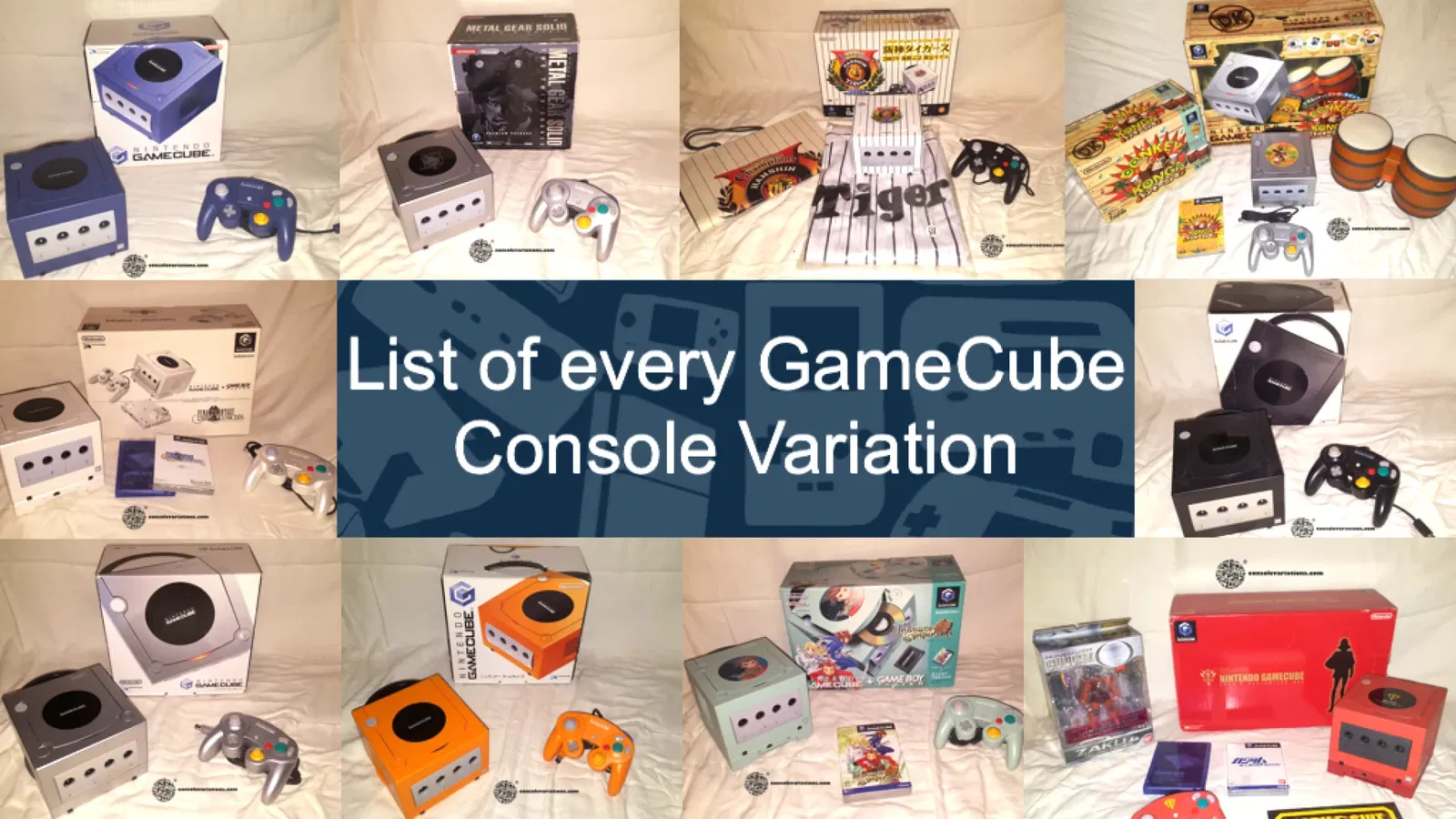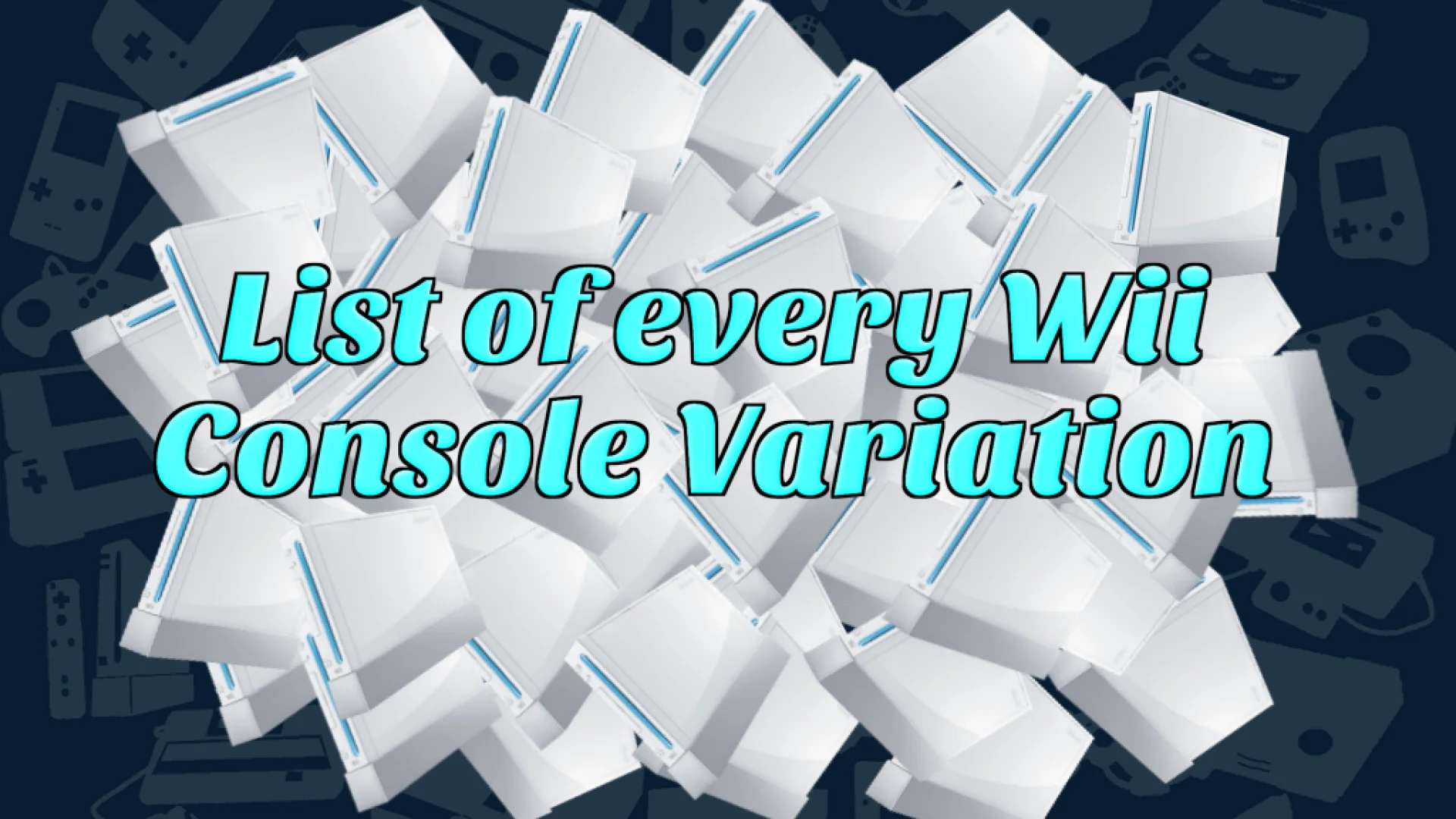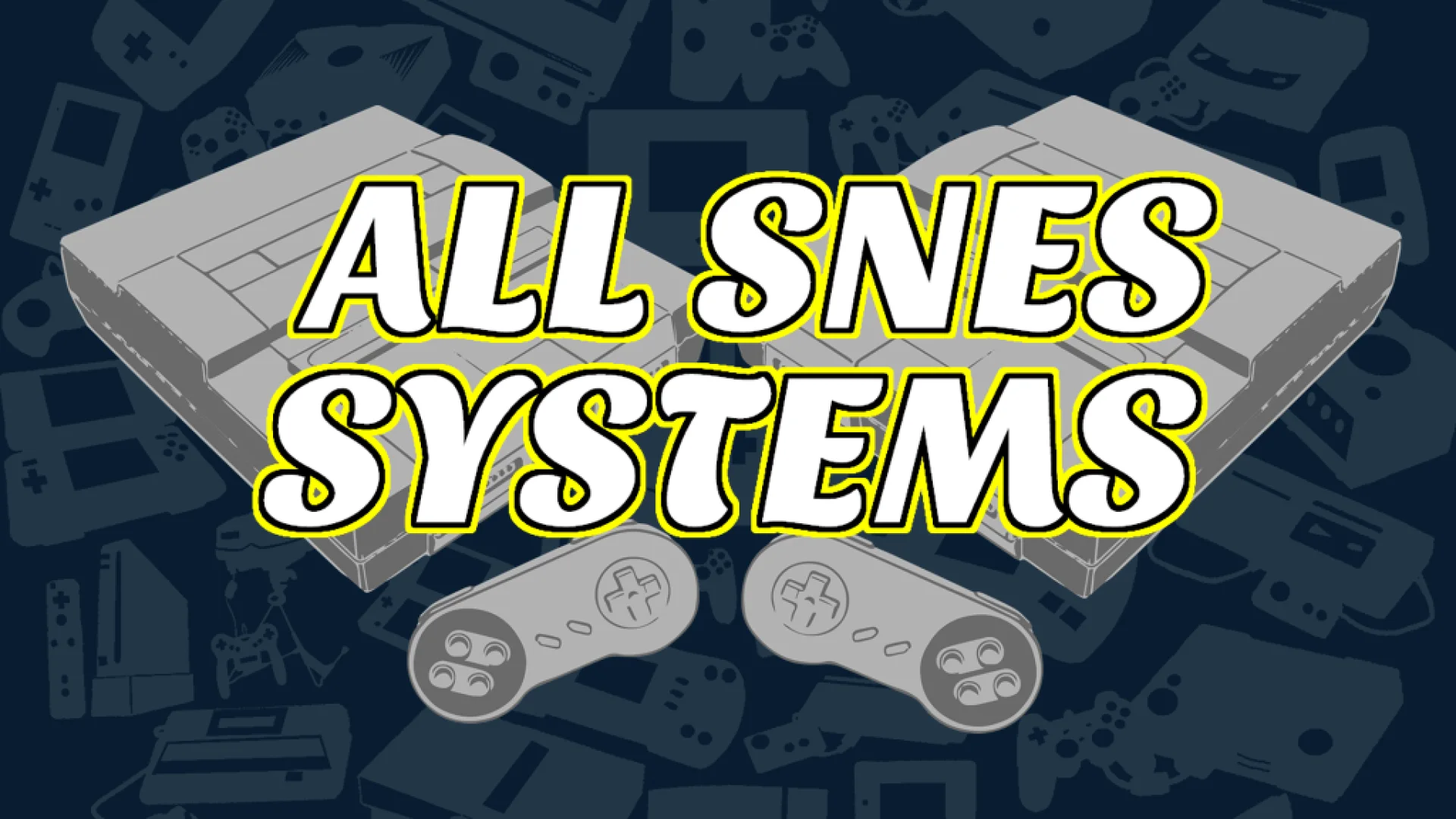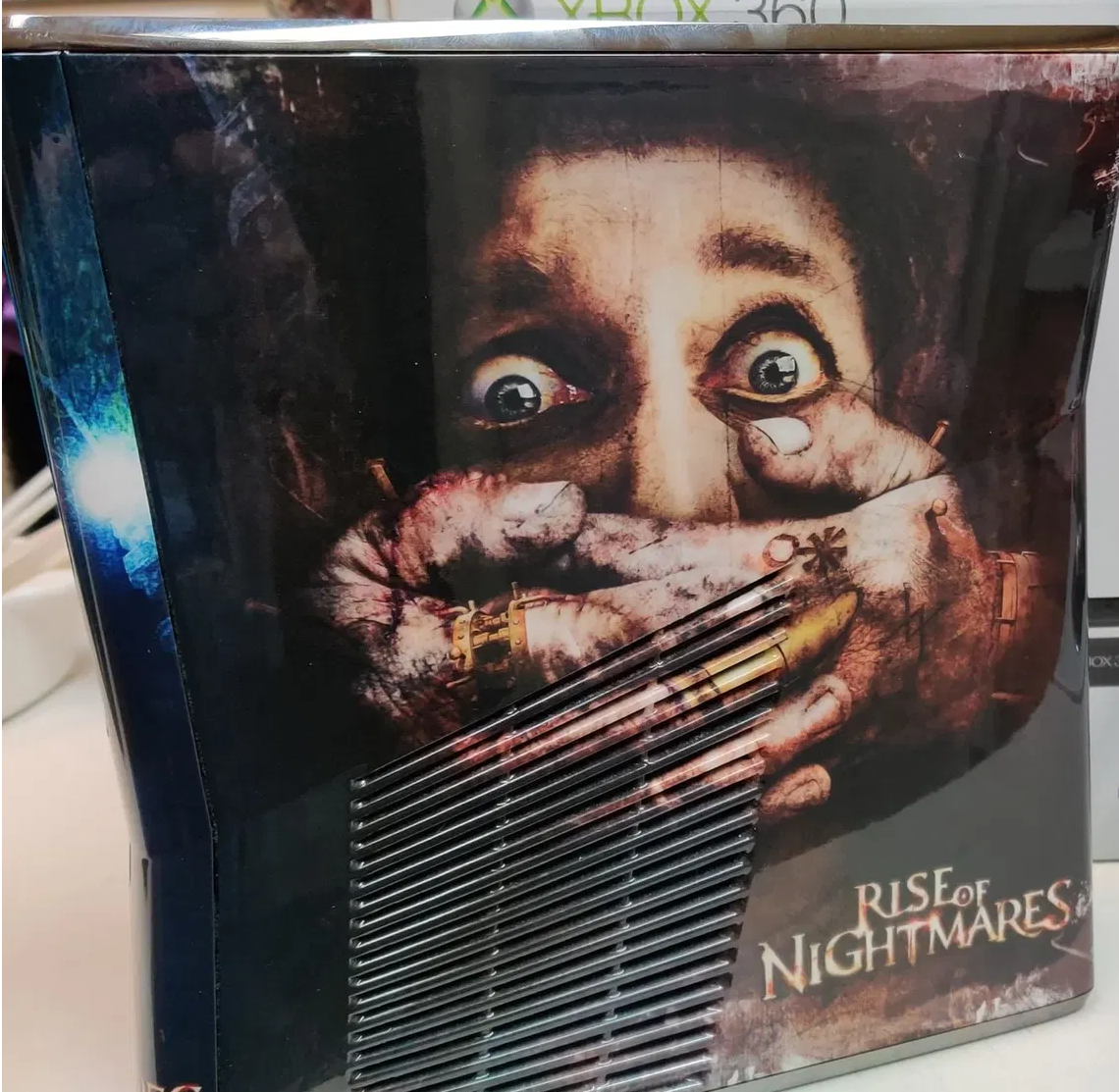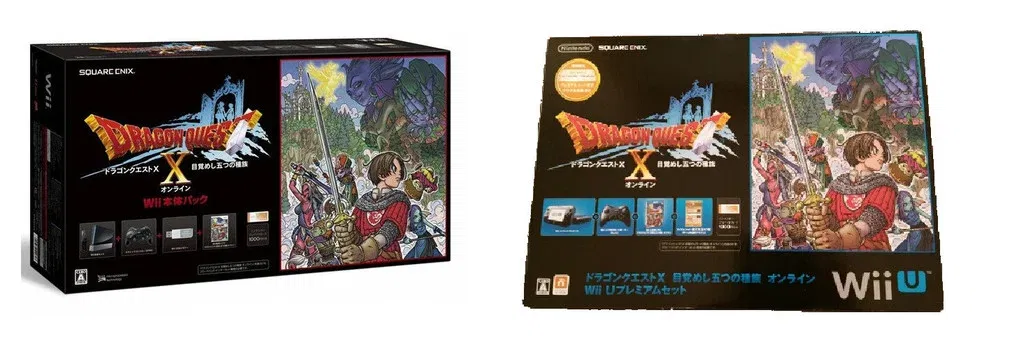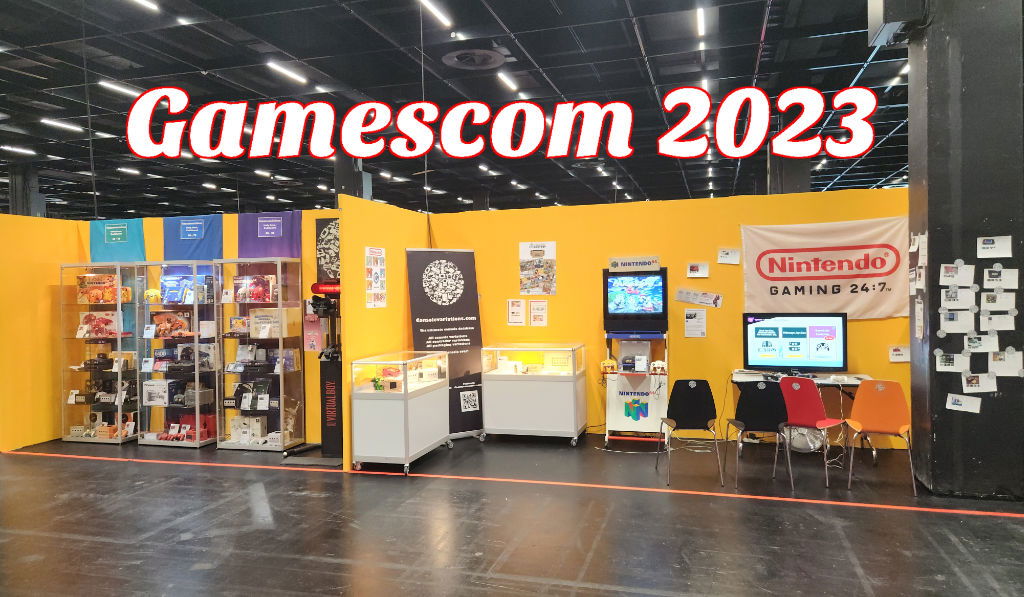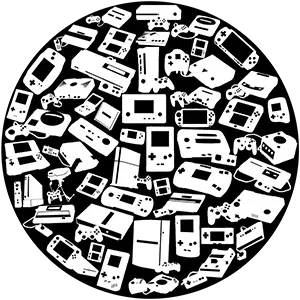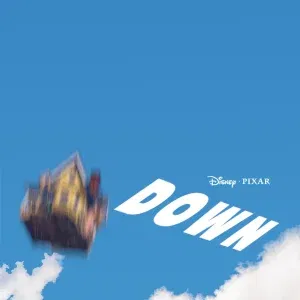25 August 2020
, by
QTV NickBro
Gaming in the Post-Soviet lands Part 1: Sega Chapter 1
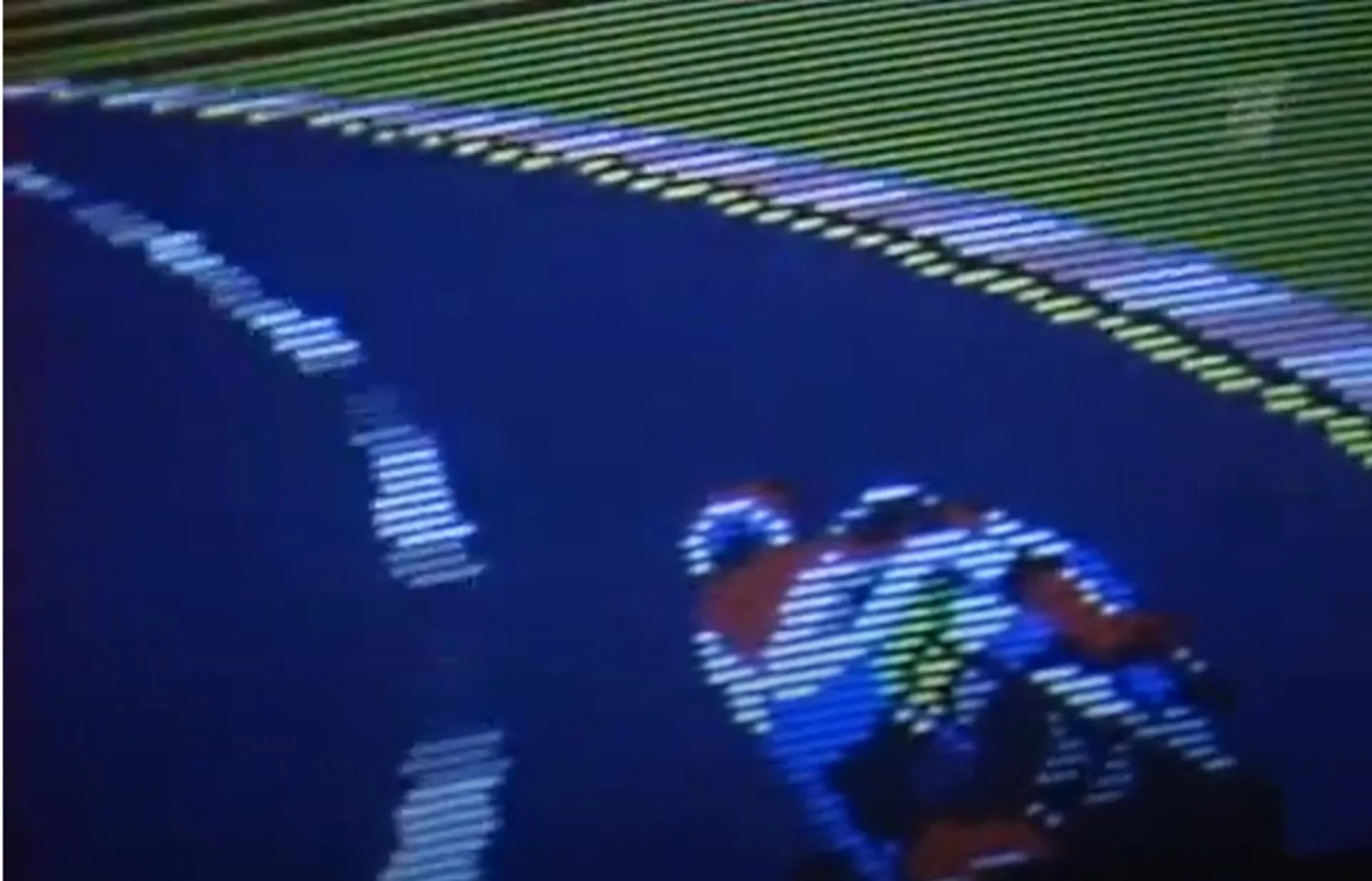
Hello, and welcome to a new blog series here on CV Where we publish stories from one of our users! This post is made by QTVNickBro in which we take a look at video game distribution in the CIS, aka the Post-Soviet Region of the world. This entry in the series focuses on the distribution of the sega consoles in the region.
The story of Sega console distribution in Russia began in 1990 when special import shops began selling a variation of the Sega Master System Consolethat on the outside looked like your typical Master System Model 1 but if you take a closer look, then you will notice that some trademark features of the Model 1 were missing like the Card Slot and a reset button.

It also outputs SECAM instead of PAL unlike its european brothers. Overall this variation of the Sega Master System is incredibly rare and goes for high prices on the auctions which suggests that it wasnt a success in the Russian SFSR.
By the way I said console distribution on purpose as an arcade version of the hit Sega game Hang-On was featured in the music video for Yuri Antonovs 1987 hit Ot pechali do radosti.

Despite those attempts at bringing Sega to the soviet market, the masses didnt know what sega was until one Russian company called Steepler stepped in.
Steepler was established in 1991 in Russia by Andrey Cheglakov, Maxim Selivanov, Vladislav Undeyev and Rustem Ahiyarov. At first they were the main distributor of HP in Russia, appearing at various Russian trade shows and became famous in the new Russian Computer Industry.
But that all changed when also in 1991 a man by the name of Victor Savuyk learned about the NES and various famiclones and wanted to import them to Russia, which he did after he found Steepler who agreed to distribute the famiclones under their own special brand and thus Dendy was born.

After Dendy was released in mid-1992, it became a great success but we will cover all of Dendy in a separate blog so far now all you need to know is that Dendy was a BIG success resulting in Steepler thinking of distributing other consoles and they did.
Shortly after the success of Dendy, Steepler started distributing both official and clone versions of the Sega Mega Drive to the Russian market with great sales. Sega Mega Drive became the dream of most Russian and non-Russian school kids as it was vastly superior to Dendy. Most of the clones Steepler sold were strikingly similar to the official ones with few differences except the one called Pro 16 Bit which Went on sale in 1994 to low sales.

Its unknown why Pro 16 Bit sold poorly but the console would later be repackaged as Super Bitman by the company Bitman.
While Steepler was dominating the Russian Market, a japanese trading company called Nissho Iwai (who are best known for their help with the XBAND service for the Sega Genesis and SNES) struck a deal with sega to become the official distributor of Sega in Russia.

Originally Sega were in talks with industry giant Steepler on becoming the official distributor but they turned it down after Steepler didnt want to break the contracts with the Taiwanese famiclone manufacturers in order to become the distributor.
Shortly thereafter, Nissho Iwai created the company Forrus who would be the main distributor while Nissho Iwai was their parent and transported all the stock from Europe and sold it to Forrus.
Ferrous sold numerous Sega consoles during their time as the distributor like: Sega Master System I and II, Sega Mega Drive I and Mega Drive II,Game Gear and even Mega CD II.
Both pal and asian NTSC consoles would be sold by Forrus but despite their efforts only the Mega Drive became widespread and gave them the most profit. In 1994 they even had their own show on the Russian channel RTR which Badnik Mechanic made a great video about it.
While Forrus was busy with selling official consoles, other companies like Bitman, Kenga and even Steepler started manufacturing their own Sega clones which were selling great at this time.
Also fun fact Kenga even had a show on Ukranian Television at one point but I will save it for a different blog. Speaking of Kenga, in 1995 Sega got along with Kenga to distribute the Sega Multi Mega but it was unpopular with the Russians.
But then it changed....
Which will be explained in part 2! Which will be coming soon!

